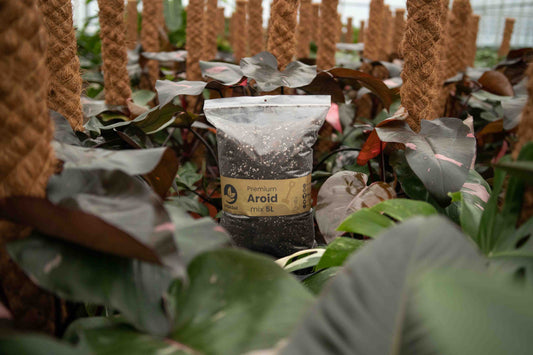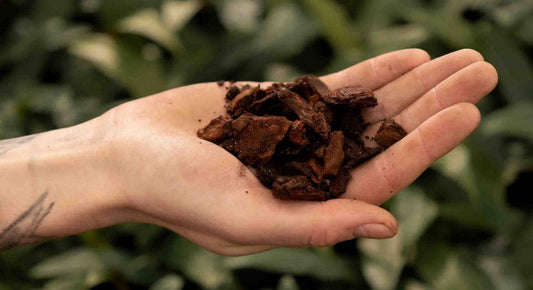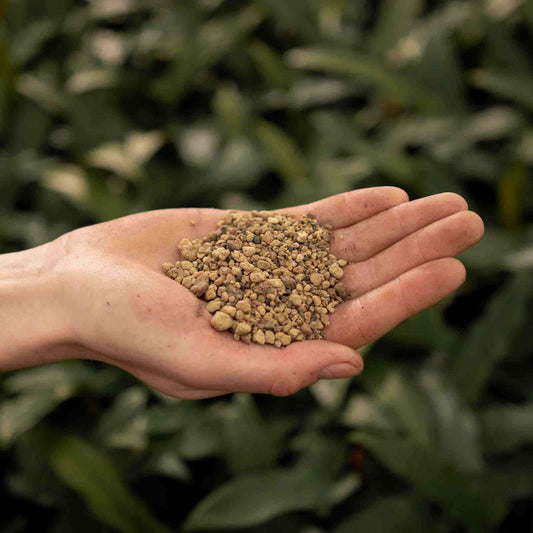Vermiculite is one of those plant care ingredients that sounds mysterious—but it plays a crucial role in helping roots thrive. Is it the same as perlite? Should you mix it into every soil? Can it hold too much water? We get a lot of questions about this lightweight, spongy mineral, and not without reason. While it’s commonly used in seed starting and propagation, its benefits (and limitations) for houseplants are often misunderstood.
That’s why we created this FAQ — to answer everything you might wonder about vermiculite.





